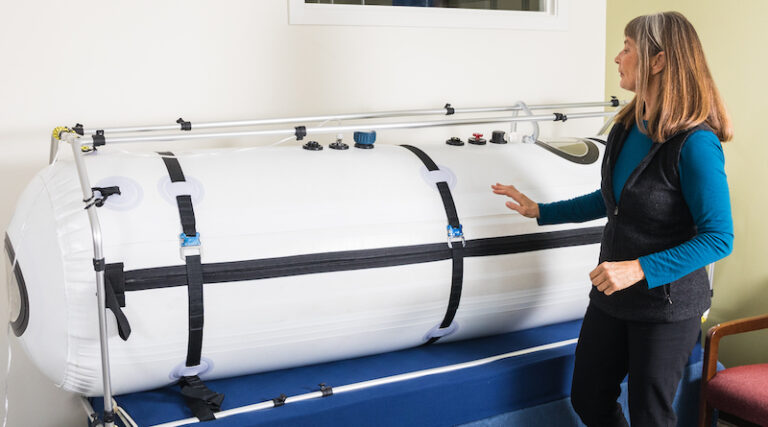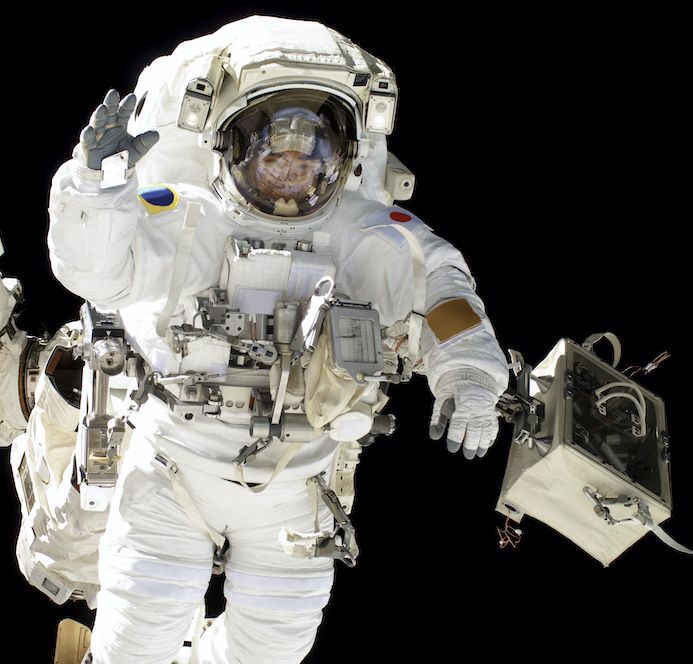


Image by WOKANDAPIX from Pixabay
In recent years, there has been a growing interest in integrative medicine, a field that combines conventional medical practices with complementary and alternative therapies. Among these therapies, Hyperbaric Oxygen Therapy (HBOT) stands out as a promising modality that complements traditional treatments. This article explores the principles behind integrative medicine and the role of HBOT in promoting holistic healing.
Understanding Integrative Medicine
Integrative medicine focuses on treating the whole person, considering aspects that are:
- Physical
- Emotional
- Mental
- Social
- Spiritual
It emphasizes the partnership between patients and healthcare providers to address health concerns comprehensively. Rather than merely treating symptoms, integrative medicine seeks to identify and address the root causes of illness, promoting overall wellness and vitality.
Principles of Hyperbaric Oxygen Therapy (HBOT)
At Hyperbaric Vermont, we offer mild Hyperbaric Oxygen Therapy, using pressurized chambers and enriched oxygen to deliver oxygen to hypoxic tissue, speed tissue healing, reduce inflammation, and increase neuroplasticity.
You sit or lie comfortably while the increased pressure allows for greater oxygen dissolution in the blood, leading to higher oxygen levels in tissues and perfusing all of the organs of the body with high levels of oxygen.
Integrative Medicine
In integrative medicine, HBOT is utilized as part of a comprehensive treatment plan tailored to individual patient needs. By enhancing oxygen delivery to tissues, HBOT complements other therapeutic modalities, such as nutritional counseling, acupuncture, massage therapy, and mind-body practices like meditation and yoga. Integrating HBOT into a holistic approach to healing allows for synergistic effects, optimizing the body’s ability to heal and recover.
Applications Of HBOT In Integrative Medicine
Here are four ways the worlds of HBOT and integrative medicine intertwine:
- Chronic Wound Healing: HBOT promotes wound healing by increasing oxygen levels in tissues, stimulating the formation of new blood vessels, and enhancing the body’s immune response to infection. It is particularly beneficial for individuals with non-healing wounds, diabetic ulcers, and vascular insufficiencies.
- Addressing Neurological Conditions: HBOT has shown promising results in the treatment of neurological conditions such as traumatic brain injury, stroke, and neurodegenerative diseases like Alzheimer’s and Parkinson’s. By reducing inflammation and improving oxygenation to the brain, HBOT supports neuronal repair and enhances cognitive function.
- Improving Sports Performance and Recovery: Athletes are increasingly turning to HBOT to accelerate recovery from injuries, enhance performance, and reduce muscle fatigue. The increased oxygen delivery during HBOT sessions helps repair muscle tissue damage, reduce inflammation, and replenish energy stores, allowing athletes to recover faster and perform at their best.
- Bolstering Immune Function: HBOT is a natural antibiotic and has immunomodulatory effects, bolstering the immune system’s response to infections and chronic inflammatory conditions and normalizing immune function in autoimmune disorders. By optimizing immune function, HBOT helps the body resist illness and maintain overall health and vitality.
Integrative medicine emphasizes a holistic approach to healing, addressing the interconnected aspects of health and wellness. Hyperbaric Oxygen Therapy plays a valuable role in integrative medicine by serving as a natural antibiotic, stimulating brain healing, reducing inflammation, and supporting the body’s natural healing processes.
By integrating HBOT with other therapeutic modalities, healthcare providers can offer patients comprehensive treatment options that enhance overall well-being and vitality.
To learn more about your options, please reach out to Hyperbaric Vermont! We’re happy to answer questions or help in any way we can.
The post Integrative Medicine and Hyperbaric Oxygen Therapy: A Holistic Approach to Healing appeared first on Hyperbaric Vermont.




















